 "ttyymmnn" (ttyymmnn)
"ttyymmnn" (ttyymmnn)
09/18/2015 at 11:35 • Filed to: planelopnik, planelopnik history
 5
5
 8
8
 "ttyymmnn" (ttyymmnn)
"ttyymmnn" (ttyymmnn)
09/18/2015 at 11:35 • Filed to: planelopnik, planelopnik history |  5 5
|  8 8 |
This is today’s Aviation History Speed Round , getting you caught up on milestones and important historical events in aviation from September 16 through September 18.
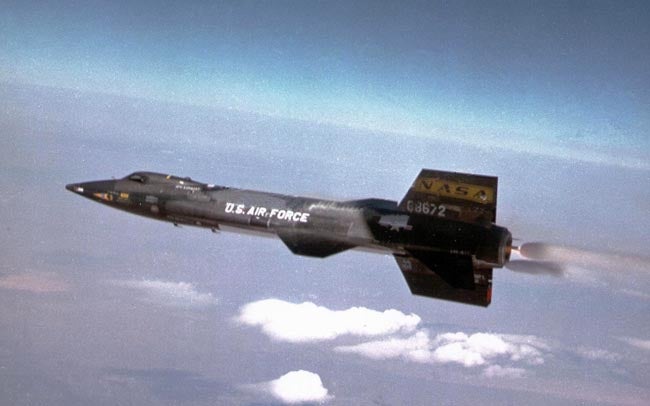
September 17, 1959 – The first powered flight of the North American X-15.
As the Cold War raged in the 1950s-1960s, the Americans and the Soviets were in a constant race to see which nation could go the highest, the fastest, and which would reach space first. While it was the Russians who would orbit the Earth first with Sputnik, and put Yuri Gagarin in orbit ahead of the US, it was American engineers and test pilots who set records for speed and altitude that stand to this day, and they would set these records flying the North American X-15. The X-15 was a part of a series of X planes that performed invaluable research into aeronautics during this time period. The X-15 was powered by a liquid-fuel rocket, and Scott Crossfield piloted the X-15 on its first powered flight, reaching a rather pedestrian speed of 2,242 mph at an altitude of about 16,000 feet. But as fast as that flight was, it was only a prelude of things to come. Future flights would go ever faster, eventually reaching a speed of 4,519 mph (7,273 km/h) on October 3, 1967, a record that still stands for manned aircraft. But it wasn’t all about speed. The X-15 was also about altitude, and reaching the edge of space. Carried aloft on a Boeing B-52 mother ship, the X-15 was released and its rocket ignited. In an arcing flight that started over Utah and ended at Edwards Air Force Base in California, 13 of the 199 test flights took their pilots to an altitude greater than 50 miles, the entry altitude to space set by the USAF, and earned them their Astronaut wings. The series of flights made by the X-15 collected reams of data on hypersonic flight, as well as data that would be used for future aircraft and spacecraft design. A total of three X-15s were built during the program, and two survive. One is on display at the Smithsonian’s Air and Space Museum in Washington, DC, and the other resides at the US Air Force Museum at Wright-Patterson Air Force Base in Dayton, Ohio.
(US Air Force photo)
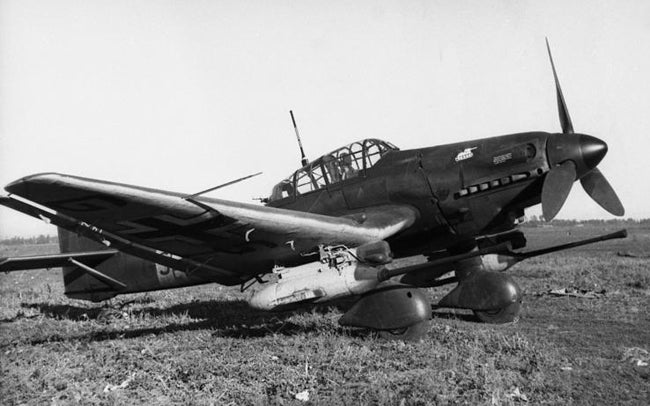
September 17, 1935 – The first flight of the Junkers Ju 87. In the early stages of WWII, the German Blitzkrieg, or “lightning warfare,” stormed across Europe. Concentrations of armored or motorized infantry and tanks struck their enemy hard and fast, but one of the main components of the strategy was close air support, and the plane that came to symbolize Blitzkrieg was the Junkers Ju 87 Stuka. Development of a purpose-built ground attack aircraft began as early as 1928, but once the Nazis came to power in 1933, the project became one of great importance, and development was spearheaded by Ernst Udet, WWI fighter ace and the eventual Director-General of Equipment for the Luftwaffe. The development of the Ju 87 began in 1933 as part of Germany’s Sturzbomber-Programm (the name Stuka is derived from Sturzkampfflugzeug , or “diving warplane”), and the aircraft was originally powered by a British Rolls-Royce Kestrel V-12 engine and featured a twin tail to give the rear gunner a clearer field of fire. But the weakly constructed tail broke apart during a test flight, killing the pilots, and designers reverted to a single vertical stabilizer. Other design changes were made, and by the time the production model was settled on, the Stuka had taken on its iconic form. The Rolls-Royce engine had been swapped for one of German build, a Junkers Jumo 211D inverted V12. The distinctive gull wings had been adopted to provide clearance for the landing gear and to improve visibility for the pilot. Fixed, spatted landing gear added strength to the design, and Jericho-Trompete wailing sirens were fitted to the struts as instruments of propaganda. The Stuka first saw service in the Spanish Civil War in 1936, and was instrumental in early German victories of WWII in 1941-19142. But in spite of its prowess as a dive bomber, it suffered from low speed and poor maneuverability, making it easy prey for faster, more nimble fighter aircraft. Stuka raids required fighter escort, but as the war progressed, and Germany lost air superiority, the Stuka was rendered much less effective, though it soldiered on and served until the end of the war. (Bundesarchiv photo via !!!error: Indecipherable SUB-paragraph formatting!!! )
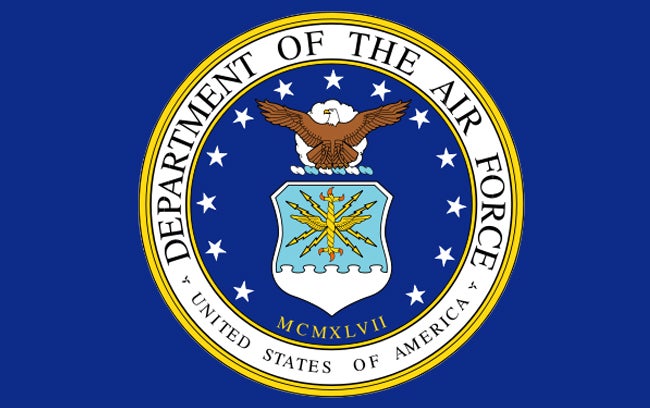
September 18, 1947 – The formation of the United States Air Force. The US Air Force traces it origins all the way back to August 1, 1907 with the creation of the Aeronautical Division as part of the US Army Signal Corps. At first, they only flew balloons and dirigibles for observation, but in 1909 they accepted delivery of their first airplane, the Wright Military Flyer, and the 1st Aero Squadron was formed in December 1913. During WWI, American aircraft designers had difficulty matching the technological advances of the European nations, and most American flyers were sent overseas to fly Allied aircraft. To address this deficiency, President Woodrow Wilson created the Army Air Service and placed it under the War Department on May 24, 1918. Following the war, despite the advocacy of famous pilots such as Billy Mitchell, the US chose not to make a separate air force, and the Army Reorganization Act of 1920 changed the name to the Air Corps. However, it remained firmly attached to the US Army, and with no war to fight, it remained limited in its growth and modernization. When war in Europe broke out in 1939, the Air Corps still had only 26,000 personnel and fewer than 2,ooo airplanes. Following the attack on Pearl Harbor, on June 20, 1941 the War Department created the Army Air Forces, though still an element of the Army’s combat arms. With the US now fighting a war overseas, eventually in two theaters, the USAAF saw unprecedented growth in men and technology, soon amassing one of the greatest aerial armadas ever assembled. But following the war, much of the force was demobilized as after WWI. However, due in large part to the effectiveness of the USAAF in battle, the US Air Force became an independent and equal partner of the Army and Navy on September 19, 1947 under the National Security Act of 1947. Stuart Symington was named the first Secretary of the Air Force, and Gen. Carl A. Spaatz was its first Chief of Staff. Throughout the Cold War, and through the Vietnam War and until this day, the US Air Force remains a formidable member of the US Armed Forces, projecting power the world over, and remains on the forefront of technological development and warfighting capability.
!!! UNKNOWN CONTENT TYPE !!!
Short Take Off
!!! UNKNOWN CONTENT TYPE !!!
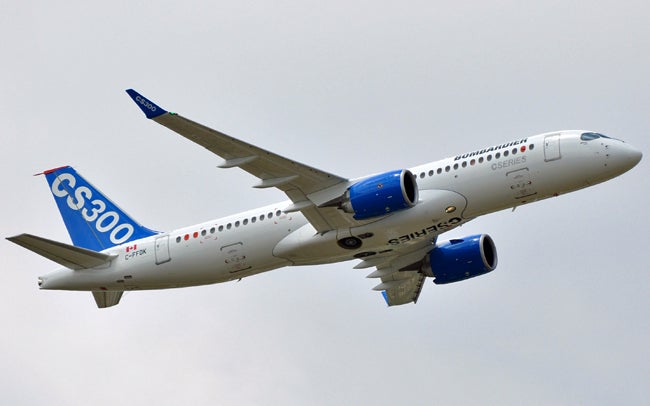
September 16, 2013 – The first flight of the Bombardier CSeries
, a narrow-body, medium-range jetliner under development by Bombardier Aerospace of Canada. The CSeries hopes to compete with the Boeing 737 and Airbus A320 family, as well as other regional jets, but delays in delivery have cast a pall on the potential future of the aircraft. Still, Swiss International Airlines (SWISS) signed as the launch customer for the CSeries in May 2015 with an
!!!error: Indecipherable SUB-paragraph formatting!!!
for 3o aircraft.
(Photo by Eric Salard via
!!!error: Indecipherable SUB-paragraph formatting!!!
)
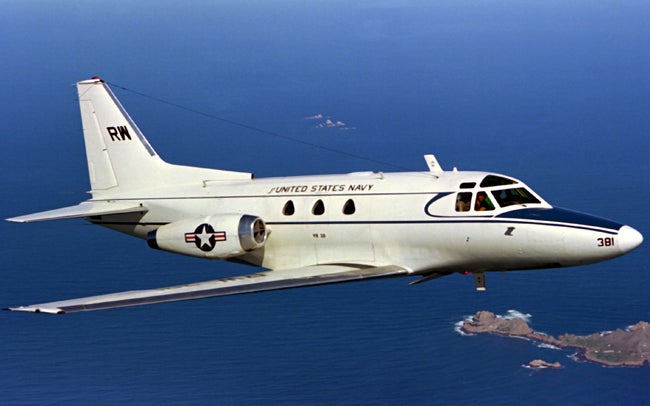
September 16, 1958 – The first flight of the North American Sabreliner.
Developed as a private jet and also sold to the US military as part of their Utility Trainer Experimental (UTX) program, the Sabreliner takes its name from the similarity of its wing and tail shape to the North American F-86 Sabre. Over 800 were produced, and it remains in active service today.
(US Navy photo)
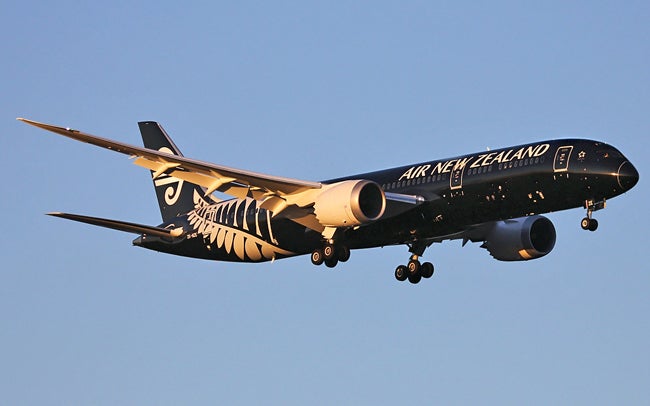
September 17, 2013 – The first flight of the Boeing 787-9. One of four variants of Boeing’s newest wide-body airliner, the 787-9 features a fuselage that has been lengthened by 20 feet and strengthened to allow for up to 280 passengers and an increased maximum take-off weight (MTOW) of 54,500 pounds with a range of 9,600 miles. Boeing expects the 787-9 to replaced the 767-400ER, compete with the Airbus A330, and help to open new long-range routes. (Photo by Darren Koch via !!!error: Indecipherable SUB-paragraph formatting!!! )
!!! UNKNOWN CONTENT TYPE !!!
If you enjoy these Aviation History posts, please let me know in the comments. And if you missed any of the past articles, you can find them all at
!!!error: Indecipherable SUB-paragraph formatting!!!
.
Unless otherwise credited, all photos are, or are believed to be, Public Domain, ownership could not be determined, or were taken by the author.
 Jcarr
> ttyymmnn
Jcarr
> ttyymmnn
09/18/2015 at 11:41 |
|
545,000 MTOW for the -9?
 Ash78, voting early and often
> ttyymmnn
Ash78, voting early and often
> ttyymmnn
09/18/2015 at 11:41 |
|
Man, I love the Stuka. Just the balls required to fly those dive-bombing missions in the first place. Plus the sheer terror effect of the Jericho Trumpet sirens. There aren’t a lot of psychological propaganda efforts pushed out to military hardware like that. Maybe the sound of a GAU-8 from an A-10 strafing run.
 ttyymmnn
> Jcarr
ttyymmnn
> Jcarr
09/18/2015 at 11:48 |
|
Probably a typo, but I am on the road right now and can’t fix it.
 uofime-2
> ttyymmnn
uofime-2
> ttyymmnn
09/18/2015 at 11:50 |
|
I’ve actually seen both X-15s, awesome planes!
 Jcarr
> ttyymmnn
Jcarr
> ttyymmnn
09/18/2015 at 12:27 |
|
I figured, that would be a pretty light MTOW!
 user314
> ttyymmnn
user314
> ttyymmnn
09/18/2015 at 14:10 |
|
I just got done watching An American Adventure: The Rocket Pilots, which was an NBC production from ’81 about the X-15. I remembered watching it on Discovery (or maybe A&E) back in the early 90s,but accidentally taped over it long ago. I so pumped to find it on YouTube.
 ttyymmnn
> user314
ttyymmnn
> user314
09/18/2015 at 14:20 |
|
I'll have to check this out. Thanks.
 You can tell a Finn but you can't tell him much
> ttyymmnn
You can tell a Finn but you can't tell him much
> ttyymmnn
09/18/2015 at 16:53 |
|
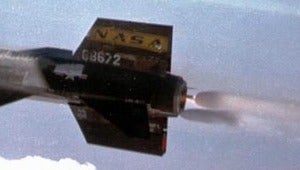
Speed round he says. I tried to click on the X-15, but it was too fast and I missed.